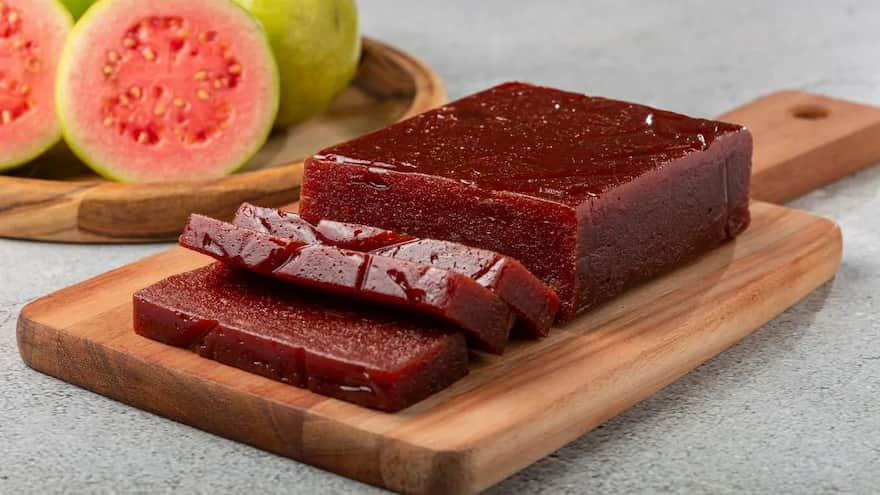Goa is a state with a fondness for food, and many of its signature dishes are centred around its copious seafood. But the true stars of the show fall squarely in the realm of desserts. Things like Bebinca and Dodol have become well-renowned and even the traditional marzipan sweets have found their way to mass markets during Christmas. But what about the hundreds of other goodies just waiting for their moment in the limelight? Guava Cheese is one of those local desserts that while popular within the community just hasn’t been given its dues in the big wide world. And before we begin, let’s answer the question on the tip of everyone’s tongue. No. it’s not actually cheese.
As with so much of Goan culture, Guava Cheese can be traced back to its Portuguese heritage. It dates back to colonial days in Brazil when guavas were used as an easy local substitute for oranges in marmalade. Known also as guava paste by the English-speaking Americas Pasta De Guayaba in the Caribbean, Guayabate in the Spanish-speaking Americas and Perad in Goa.
In different countries, it can range from a thin paste that’s used as a filling like the Brazilian Goiabada that is spread on toast for breakfast, but the Goan Perad is always served as a thick slab that can be cubed and shared almost like a jelly sweet. The final texture depends on the ratio of sugar to water, the length of the cooking process used as well as the species of guava since each has a different natural sugar level to consider as well. Once set it can then be stored for months in a cool, dry spot although we bet that this sticky melt-in-the-mouth sweet will be gone in moments!

Ingredients:
- ½ kg red guava
- 1 cup sugar
- 1 tbsp lemon juice
- 1 tbsp ghee or butter
- A pinch of salt
Method:
- Wash the guavas thoroughly to remove any debris on the skin.
- Chop the fruit into quarters and steam for 10-12 minutes or cover them with water and pressure cook for 2 whistles.
- Transfer the cooked guavas to a blender and puree them into a smooth paste.
- Strain the paste to remove the seeds and any large chunks.
- Add the strained pulp to a heavy-bottomed pan and bring to a boil
- Bring the pot down to low heat and add the sugar and salt stirring continuously.
- When it turns a dark brown colour, add in the ghee or butter.
- When it begins to separate from the sides of the pan, add the lemon juice and cook for another 10 minutes.
- Transfer it to a greased tray and spread it into the edges.
- Allow it to cool completely before cutting it into the desired shapes


